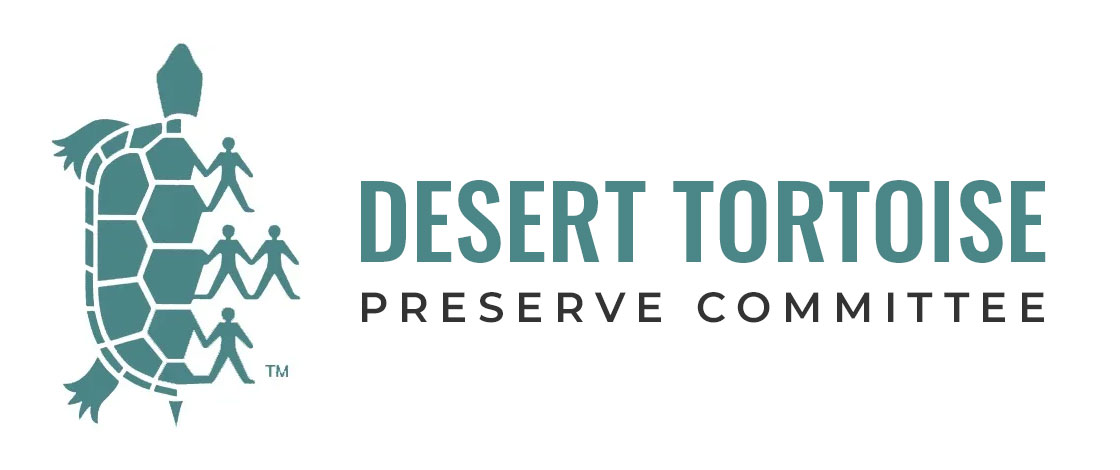Habitat & Distribution
Desert tortoises (Gopherus agassizii) are listed as ENDANGERED under the California Endangered Species Act (CESA), and as THREATENED under the federal Endangered Species Act.
Desert tortoises were first listed as threatened in California in 1989, but since then their population has continued to decline. The California Fish and Game Commission formalized the decision to “uplist” the tortoise to the more dire status of “endangered” in 2025, based on current scientific data, and after years of advocacy by the Desert Tortoise Preserve Committee, the Desert Tortoise Council, and Defenders of Wildlife, who together petitioned the Commission for the uplisting in March 2020.
Being in danger of extinction is never good, of course, but endangered status under CESA has significant advantages for tortoise conservation. Access to conservation funding is always competitive; endangered status moves a species closer to the head of the line when vying for those funds. That means a better chance for government grant money for things like land acquisition and habitat restoration. And it’s not just about government help; endangered status also means more public attention, which can lead to more individuals, organizations, and businesses wanting to do their part.

